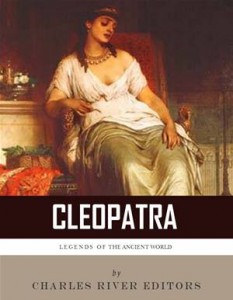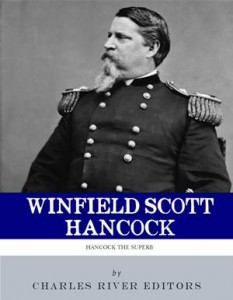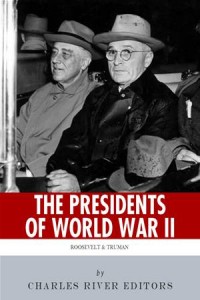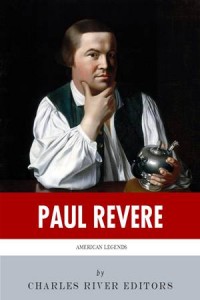*Discusses Little Bighorn in detail and explains the controversies and mysteries still surrounding Custer's Last Stand. *Includes pictures of Custer and important people, places, and events in his life.*Includes a Bibliography for further reading.*Includes a Table of ContentsSince the Battle of Little Bighorn, George Armstrong Custer (1839-1876) has possessed one of the most unique places in American history. Although he was a capable cavalry officer who served honorably during the Civil War, he remains one of the most instantly identifiable and famous military men in American history due to the fact he was killed during one of the countrys most well known and ignominious defeats, the Battle of Little Bighorn. And yet, this one relatively insignificant battle during Americas Indian Wars has become one of the countrys most mythologized events and continues to fascinate Americans nearly 140 years later. Though hes now best remembered for Custers Last Stand, George Armstrong Custer began June 25, 1876 as one of Americas better regarded cavalry officers, and a man whose ambitions might one day take him to higher office. In fact, decades before radio and television existed, Custer mastered the art of public relations, dressing impeccably and having newspaper correspondents accompany him on campaign, all in an effort to help cultivate and enhance his legacy. Custers efforts worked, with one biographer noting that Americans during the 19th century viewed him as a cavalier without fear and beyond reproach." Much like famous Confederate cavalry leader JEB Stuart, Custer added substance to the style. Despite being in his early 20s when the Civil War started, Custer rose through the ranks so quickly that he famously commanded a brigade of Michigan cavalrymen at Gettysburg, fighting the vaunted JEB Stuart and his horsemen to a standstill on the climactic 3rd day of that battle. Custers success continued through until the end of the war, with his men playing an integral role during the Appomattox Campaign that forced the surrender of Robert E. Lees Army of Northern Virginia.Had Custers career ended there, he would have been both successful and largely forgotten. Instead, the last 10 years of his life were full of political and military intrigue, as he attempted to position himself both in politics and the Army while making himself one of the best known fighters of the Indian Wars. Those actions, along with the Battle of Little Bighorn, made him controversial even in his day, but with his death coming to be widely viewed as a sacrifice for his country, his legend and legacy grew throughout the nation. No matter what critics or supporters thought of him, George Armstrong Custer was unquestionably relevant. American Legends: The Life of George Custer details Custers life and career, including all of its famous ups and infamous downs, while also addressing the controversial nature of Little Bighorn and his legacy. Along with pictures of important people, places, and events in his life, you will learn about Custer like you never have before, in no time at all.
American legends: the life of george custer
Sobre
Talvez você seja redirecionado para outro site












